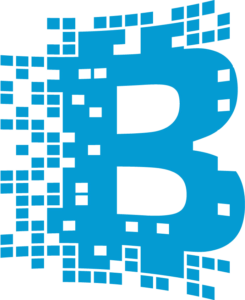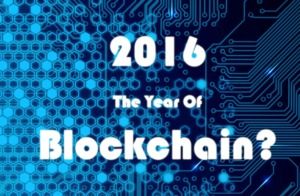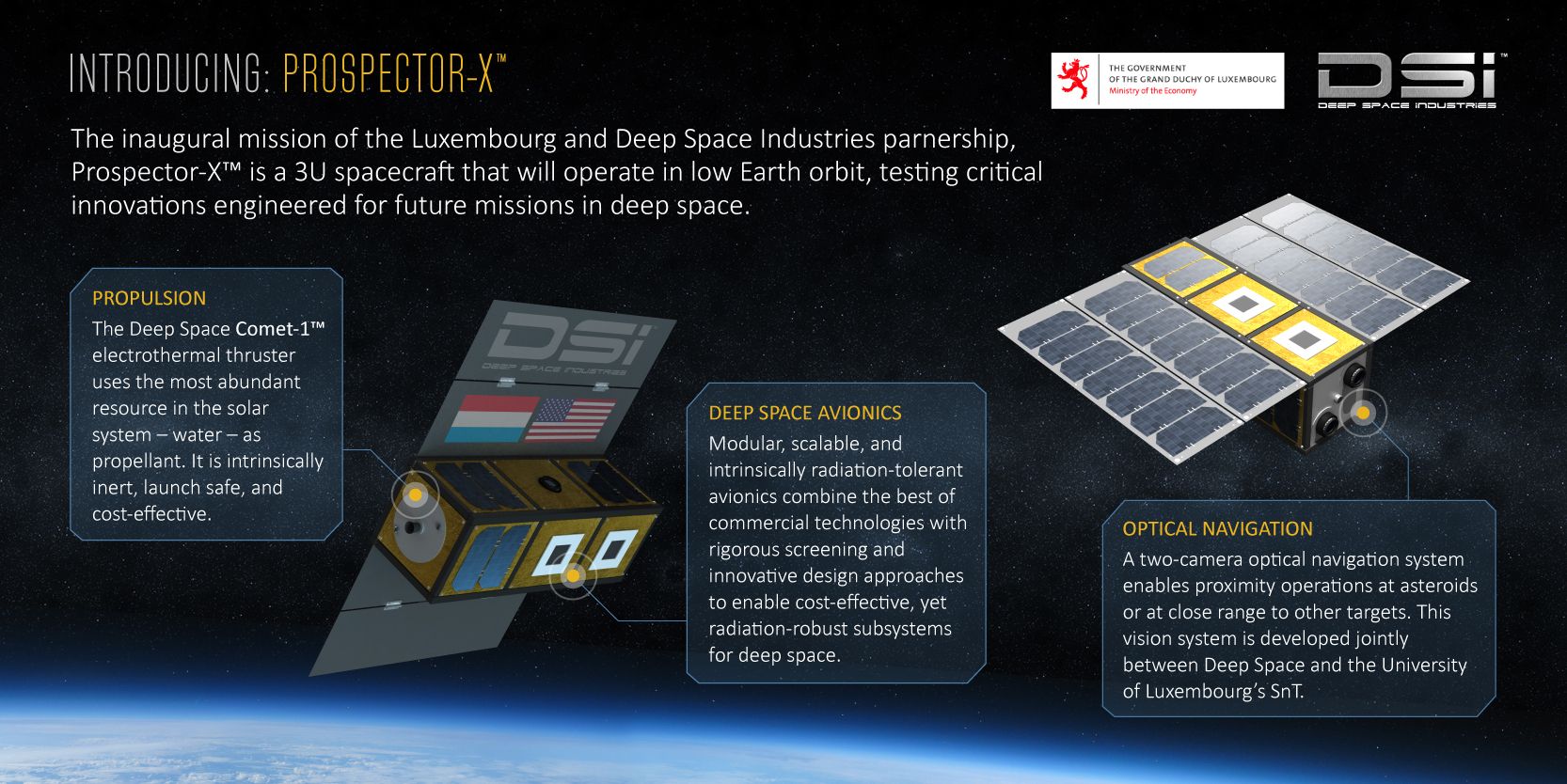The race is on to develop the first senescent cell clearance therapies (a.k.a., “senolytics”) to reverse the aging process and treat age-related diseases.



Anyone who has heard of Bitcoin knows that it is built on a mechanism called The Blockchain. Most of us who follow the topic are also aware that Bitcoin and the blockchain were unveiled—together—in a whitepaper by a mysterious developer, under the pseudonym Satoshi Nakamoto.
That was eight years ago. Bitcoin is still the granddaddy of all blockchain-based networks, and most of the others deal with alternate payment coins of one type or another. Since Bitcoin is king, the others are collectively referred to as ‘Altcoins’.
But the blockchain can power so much more than coins and payments. And so—as you might expect—investors are paying lots of attention to blockchain startups or blockchain integration into existing services. Not just for payments, but for everything under the sun.
Think of Bitcoin as a product and the blockchain as a clever network architecture that enables Bitcoin and a great many future products and institutions to do more things—or to do these things better, cheaper, more robust and more secure than products and institutions built upon legacy architectures.
When blockchain developers talk about permissionless, peer-to-peer ledgers, or decentralized trust, or mining and “the halving event”, eyes glaze over. That’s not surprising. These things refer to advantages and minutiae in abstract ways, using a lexicon of the art. But—for many—they don’t sum up the benefits or provide a simple listing of products that can be improved, and how they will be better.
I am often asked “What can the Blockchain be used for—other than digital currency?” It may surprise some readers to learn that the blockchain is already redefining the way we do banking and accounting, voting, land deeds and property registration, health care proxies, genetic research, copyright & patents, ticket sales, and many proof-of-work platforms. All of these things existed in the past, but they are about to serve society better because of the blockchain. And this impromptu list barely scratches the surface.
I address the question of non-coin blockchain applications in other articles. But today, I will focus on a subtle but important tangent. I call it “A blockchain in name only”…
Question: Can a blockchain be a blockchain if it is controlled by the issuing authority? That is, can we admire the purpose and utility, if it was released in a fashion that is not is open-source, fully distributed—and permissionless to all users and data originators?
Answer: Unmask the Charlatans
Many of the blockchains gaining attention from users and investors are “blockchains” in name only. So, what makes a blockchain a blockchain?
Everyone knows that it entails distributed storage of a transaction ledger. But this fact alone could be handled by a geographically redundant, cloud storage service. The really beneficial magic relies on other traits. Each one applies to Bitcoin, which is the original blockchain implementation:
 ▪Open-source
▪Open-source
▪Fully distributed among all users.
▪ Any user can also be a node to the ledger
▪Permissionless to all users and data originators
▪Access from anywhere data is generated or analyzed
A blockchain designed and used within Santander Bank, the US Post Office, or even MasterCard might be a nifty tool to increase internal redundancy or immunity from hackers. These potential benefits over the legacy mechanism are barely worth mentioning. But if a blockchain pretender lacks the golden facets listed above, then it lacks the critical and noteworthy benefits that make it a hot topic at the dinner table and in the boardroom of VCs that understand what they are investing in.
Some venture financiers realize this, of course. But, I wonder how many Wall Street pundits stay laser-focused on what makes a blockchain special, and know how to ascertain which ventures have a leg up in their implementations.
Perhaps more interesting and insipid is that even for users and investors who are versed in this radical and significant new methodology—and even for me—there is a subtle bias to assume a need for some overseer; a nexus; a trusted party.  After all, doesn’t there have to be someone who authenticates a transaction, guarantees redemption, or at least someone who enforces a level playing field?
After all, doesn’t there have to be someone who authenticates a transaction, guarantees redemption, or at least someone who enforces a level playing field?
That bias comes from our tendency to revert to a comfort zone. We are comfortable with certain trusted institutions and we feel assured when they validate or guarantee a process that involves value or financial risk, especially when we deal with strangers. A reputable intermediary is one solution to the problem of trust. It’s natural to look for one.
So, back to the question. True or False?…
In a complex value exchange with strangers and at a distance, there must be someone or some institution who authenticates a transaction, guarantees redemption, or at least enforces the rules of engagement (a contract arbiter).
Absolutely False!
No one sits at the middle of a blockchain transaction, nor does any institution guarantee the value exchange. Instead, trust is conveyed by math and by the number of eyeballs. Each transaction is personal and validation is crowd-sourced. More importantly, with a dispersed, permissionless and popular blockchain, transactions are more provably accurate, more robust, and more immune from hacking or government interference.
What about the protections that are commonly associated with a bank-brokered transaction? (For example: right of rescission, right to return a product and get a refund, a shipping guaranty, etc). These can be built into a blockchain transaction. That’s what the Cryptocurrency Standards Association is working on right now. Their standards and practices are completely voluntary. Any missing protection that might be expected by one party or the other is easily revealed during the exchange set up.
For complex or high value transactions, some of the added protections involve a trusted authority.  But not the transaction itself. (Ah-hah!). These outside authorities only become involved (and only tax the system), when there is a dispute.
But not the transaction itself. (Ah-hah!). These outside authorities only become involved (and only tax the system), when there is a dispute.
Sure! The architecture must be continuously tested and verified—and Yes: Mechanisms facilitating updates and scalability need organizational protocol—perhaps even a hierarchy. Bitcoin is a great example of this. With ongoing growing pains, we are still figuring out how to manage disputes among the small percentage of users who seek to guide network evolution.
But, without a network that is fully distributed among its users as well as permissionless, open-source and readily accessible, a blockchain becomes a blockchain in name only. It bestows few benefits to its creator, none to its users—certainly none of the dramatic perks that have generated media buzz from the day Satoshi hit the headlines.
Related:
Philip Raymond is co-chair of The Cryptocurrency Standards Association,
host & MC for The Bitcoin Event and editor at A Wild Duck.

Editor’s note: This is a guest post by Matt O’Brien.
As the hype and pessimism around blockchain technology converge toward reality over the next several years, one certainty emerging among Wall Street and Main Street traders is that advancements in platform technology will profoundly change how commonly used securities known as derivative contracts will be traded. The distributed ledgers inconceivable just a couple of years ago are on the precipice of ushering in a new era of innovative financial engineering and precision in risk management.
Wall Street firms are beginning to tinker with blockchain and smart contract technology that will allow buyers, sellers and central clearing houses of derivative trades to share information, such as KYC (Know Your Customer), in real time across various distributed ledger platforms unleashing incredible efficiencies.

Virtual Reality is finally happening after years of existing only in science fiction or as underwhelming prototypes. While Oculus Rift is certainly a big deal due to the financial support from Facebook, there are other compelling options on the market. One particularly impressive bit of hardware is the HTC Vive, which features a variety of great games and immersive motion controls.
The below video showcases several of the most exciting games on the HTC Vive, which headset purchasers will be ready to play as long as they have a gaming PC that meets the minimum requirements to be VR ready.
Great move to my friends at D-Wave! Nice.
BUDAPEST, HUNGARY—(Marketwired — May 10, 2016) — D-Wave Systems Inc., the world’s first quantum computing company, 1QB Information Technologies Inc. (1QBit), a quantum software firm, and financial industry experts today announced the launch of Quantum for Quants (quantumforquants.org), an online community designed specifically for quantitative analysts and other experts focused on complex problems in finance. Launched at the Global Derivatives Trading & Risk Management conference in Budapest, the online community will allow quantitative finance and quantum computing professionals to share ideas and insights regarding quantum technology and to explore its application to the finance industry. Through this community, finance industry experts will also be granted access to quantum computing software tools, simulators, and other resources and expertise to explore the best ways to tackle the most difficult computational problems in finance using entirely new techniques.
“Quantum computers enable us to use the laws of physics to solve intractable mathematical problems,” said Marcos de López de Prado, Senior Managing Director at Guggenheim Partners and a Research Fellow at Lawrence Berkeley National Laboratory’s Computational Research Division. “This is the beginning of a new era, and it will change the job of the mathematician and computer scientist in the years to come.”
Experts in finance, mathematics, computer science and physics have agreed to participate as editors and content contributors of the community, including:

Hydro powered spacecraft to be the first to mine an astroid.
A few months back, Luxembourg—a tiny country better known for world-class pastries— announced its intention to become a leader in asteroid mining. Now, Luxembourg has revealed the first step in its plan to fill the banking vaults with space-grade platinum: a small, water-powered spacecraft.
http://gizmodo.com/luxembourg-wants-to-be-a-world-leader-in-asteroid-minin-1756860361

Deep Space Industries and the Luxembourg Government announce partnership to commercialize space resources.
Asteroid mining company Deep Space Industries, together with the Luxembourg Government and the Société Nationale de Crédit et d’Investissement (SNCI), the national banking institution in Luxembourg, have signed an agreement formalizing their partnership to explore, use, and commercialize space resources as part of Luxembourg’s spaceresources.lu initiative.
The Luxembourg Government will work with Deep Space Industries to co-fund relevant R&D projects that help further develop the technology needed to mine asteroids and build a supply chain of valuable resources in space.

Barclays bots.
As part its efforts to become the most intelligent bank Barclays Africa, a subsidiary Absa, announced on Tuesday that it would pilot a chatbot that relies on artificial intelligence to simulate intelligent conversation through written or spoken text with customers online.
The pilot will be implemented within the coming few weeks, making it the first bank to do so in Africa.
The trial of the chatbots not only marks a transformation in the way the bank will engage with customers, but further underscores its efforts to become the most intelligent bank.

I am not surprised by this; I do expect this given the existing cyber threat risks around AI especially around the existing under pinning technology/ platforms and net infrastructures.
The finance world is cautiously optimistic about the future of artificial intelligence and how it can be used, but, there is more work needed on regulating the technology when it comes to world markets.
“Financial institutions have been fined billions of dollars because of illegality and compliance breaches by traders. A logical response by banks is to automate as much decision-making as possible, hence the number of banks enthusiastically embracing AI and automation,” said Baker and McKenzie head of financial services regulation Arun Srivastava.
“But while conduct risk may be reduced, the unknown risks inherent in aspects of AI have not been eliminated.”

Again; many problems with AI & IoT all ties back to the infrastructure of things. Focus on fast tracking QC and an interim solution (pre-QC) such as a mix of Nvidia’s GPU, blockchain for financial transactions, etc. to improve the infrastructure and Net then investors will begin to pay more attention to AI, etc.
After more than 60 years since its conceptual inception — and after too many hype-generating moments — AI is yet again making its presence felt in mainstream media.
Following a recent WEF report, many perceive AI as a threat to our jobs, while others even go so far to assert that it poses a real threat to humanity itself.
What is clear for the time being is that there are many questions that still remain unanswered: Can we actually create conscious machines that have the ability to think and feel? What we do we mean by the word conscious in the first place? What is the accurate definition of intelligence? And what are the implications of combining the Internet of Things (IoT) with intelligence?